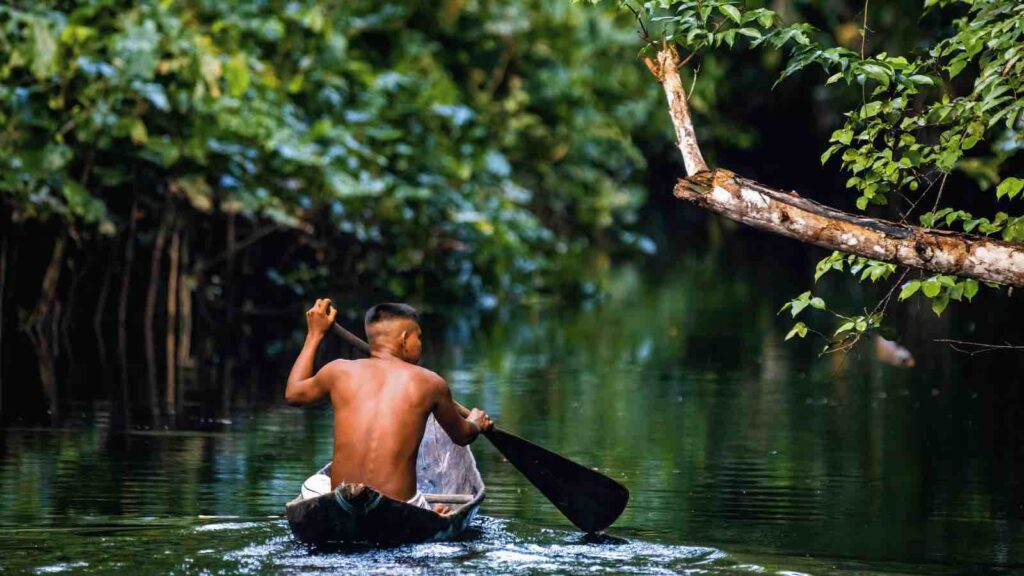A new study published in the ‘Nature Climate Change’ journal has shown better outcomes for forests formally managed by Indigenous and local communities in terms of carbon, biodiversity, and livelihoods.
Nestled in the verdant embrace of Earth’s forests, a timeless wisdom thrives. It’s the wisdom of the Indigenous peoples and local communities – the unsung heroes in the struggle against climate change. A recent study from the Swedish University of Agricultural Sciences has brought to light a profound truth: when it comes to forest restoration, the best approach may not be the most complex or technologically advanced, but rather the most human – local governance by those who call these forests home.
RELEVANT SUSTAINABLE GOALS



Indigenous Wisdom: The Unseen Guardians of Forests and Climate
Harry Fischer, the study’s lead author, articulates a simple yet often overlooked reality: “Where people depend upon forest resources for a range of livelihood benefits, they have an incentive to take care of those forests.” This logic is at the heart of the study’s revelation – that community-managed forests are not only good for the environment but also bolster the social and economic fabric of these communities.
The significance of this finding cannot be overstated in our current climate crisis. Forest restoration is not just an environmental issue; it’s a lifeline for the 1.8 billion people who depend on forests for their survival. Mainstream restoration projects often prioritize environmental metrics – planting trees for biodiversity, or monetizing carbon sequestration. However, this approach can sometimes overlook the very communities that these forests sustain.
The study, which examined 314 community-managed forests across 15 nations, found that the most successful restorations are those where local communities set the rules. In these settings, biodiversity flourishes, carbon is effectively sequestered, and, crucially, the quality of life for local inhabitants improves. It’s a holistic success story, challenging the target-based approaches of many international conservation efforts.
Yet, despite these findings, a disconnect persists. Reports indicate that global efforts are falling short, partly due to the failure to adequately engage with Indigenous peoples and local communities. This issue was a focal point at COP28, with Levi Sucre Romero, coordinator of the Mesoamerican Alliance of Peoples and Forests, emphasizing the need for genuine inclusion in decision-making processes. “Decisions are still being made from desks, from cities,” Romero lamented, calling for a paradigm shift in how the world addresses forest conservation and climate change.
The study’s message is clear: Empower local communities, and the environment will thrive. But this requires a fundamental shift in approach – one that sees local livelihoods not as a secondary benefit but as a central pillar of forest restoration. It’s about redistributing power and allowing practices to evolve and become institutionalized over time. As Fischer notes, it’s a long-term commitment, but one that promises the best outcomes for both the planet and its people.
You may also be interested in :
Forest Restoration : How Human Intervention Accelerates Ecosystem Recovery In Borneo Rainforest


